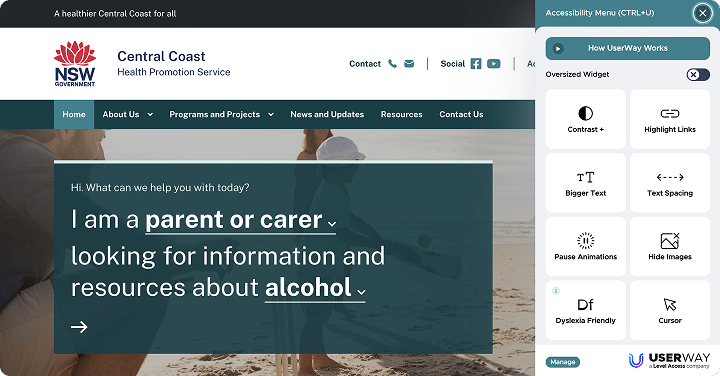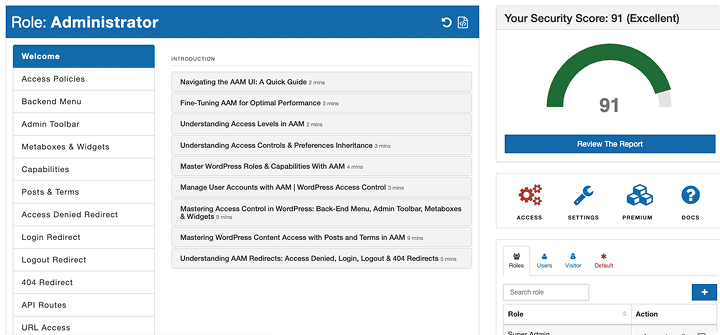The Shift We’re Seeing
We’ve seen a quiet transformation in the way government organisations approach their websites. Local councils, regional agencies, and other public sector bodies are moving away from off-the-rack, templated solutions, not because they want flashy design, but because they need something that works.
Amplified Needs, Not Different Ones
The needs of a government website aren’t necessarily different, but they are amplified.
Accessibility is a legal and ethical necessity; it’s not optional. Digital accessibility means ensuring your website can be used by everyone, including people with visual, auditory, motor, or cognitive impairments.
It includes things like readable fonts, logical navigation, screen reader compatibility, and sufficient colour contrast.
Clear information architecture is essential when you’re managing hundreds of content pages for services, community programs, and public notices.
And internal teams need to be able to manage the site with confidence, without calling in tech support for every update.

Beyond the Template: Why Strategy Matters
Templated websites often look good on the surface but quickly fall short when it comes to flexibility, compliance, and content management. That’s why forward-thinking government teams are investing in custom websites built around their structure, stakeholders, and long-term needs.
They also understand that it all starts with strategy. The most effective government websites are the ones that align closely with the organisation’s broader goals — whether that’s improving service delivery, increasing transparency, or engaging diverse community groups. When that strategic intent is shared early with their web partner, it shapes everything from information architecture to functionality, ensuring the website becomes a true extension of their mission.

Building for Longevity and Control
Government Departments and Supplier Partners are starting with proper planning and discovery, and with scalable frameworks that adapt as public services evolve. And they’re prioritising CMS usability so internal comms teams can take control. They’re also considering security from the ground up, including setting different access levels for staff based on roles.
Whether it’s an admin managing content or an editor handling updates, role-based permissions help reduce the risk of accidental changes or unauthorised access. For government agencies, maintaining control over digital assets is critical, and that starts with a secure, well-structured backend.

Let’s Talk About Custom Government Websites
At Kicking Pixels, we’re seeing this trend across multiple regions — and we’re proud to help teams move from “off-the-shelf” to “fit-for-purpose.”
When your digital presence supports your entire community, it deserves more than a one-size-fits-all solution.
Curious if your current website is helping or holding you back?
We’re always happy to chat about what’s working across the public sector and how you might build something better.

